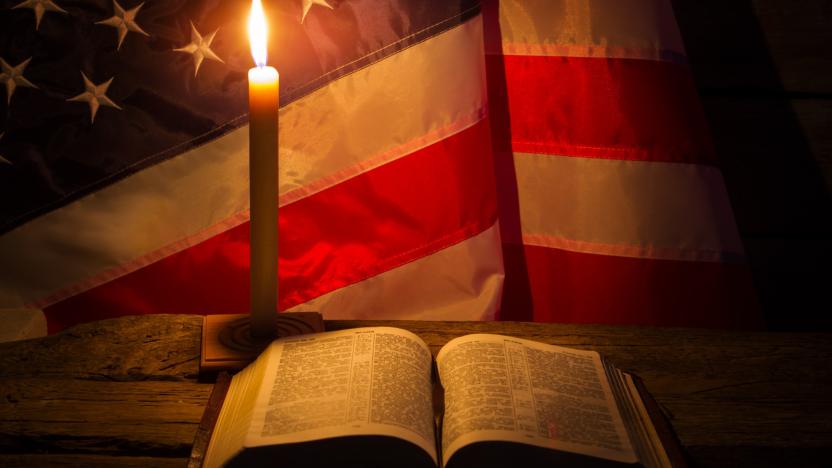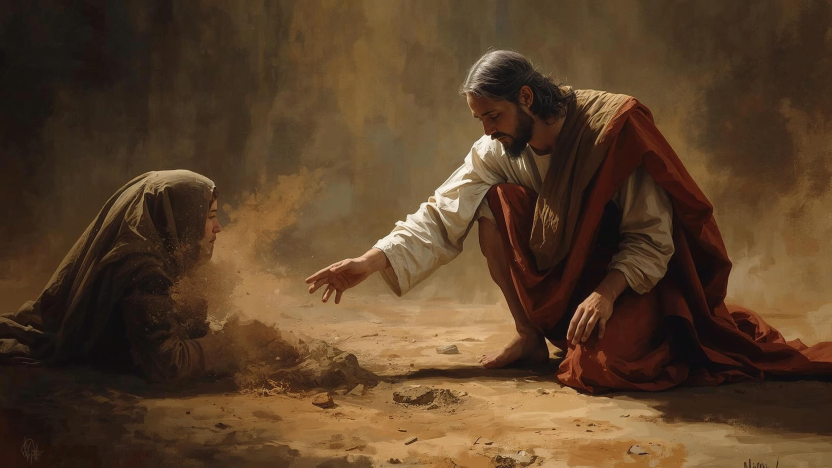Each pile of stones in the Bible tells a story of God’s redemptive work. In his book Come Home, Pastor Don MacLafferty calls our attention to the significance of these altars, these “piles of stones.”
The first altar mentioned in the Bible was Noah’s, built after the flood to make a burnt offering to God (Genesis 8:20). It served as a reminder of both God’s redemptive act and His promise for the future.
In Genesis 12 God called Abram from his home in the land of the Chaldees. After a sojourn in Egypt, we find that “Abram moved his tent and went and dwelt by the terebinth trees of Mamre, which are in Hebron, and built an altar there to the Lord” (Genesis 13:18). This altar was an ongoing reminder of God’s covenant with Abram that to make him the father of many nations.
Later, in Genesis 22 we find the story of Abraham taking his son Isaac to the mountain. There he builds an altar and prepares to offer his own son upon it. Instead, God provides a lamb for the sacrifice. What a powerful memory and lesson that “pile of stones” had for Abraham, for Isaac and for all of their descendants!
“Here I raise my Ebenezer. Hither by Thy help I’ve come.”
Come, thou fount of every blessing. SDA Hymnal #334
In Genesis 31:43-55 a “pile of stones” is built as a memorial to the settling of a dispute between Laban and Jacob. “And they took stones and made a heap, and they ate there on the heap… and Laban said, ‘This heap is a witness between you and me this day.’ Therefore, its name was called Galeed, also Mizpah, because he said, May the Lord watch between you and me when we are absent one from another.”
During the Exodus, following the giving of the ten commandments, the Lord told Moses, “An altar of earth you shall make for Me and you shall sacrifice on it burnt offerings and your peace offerings, your sheep and your oxen. In every place where I record My name I will come to you, and I will bless you” (Exodus 20:24-25).
When Joshua led the children of Israel to cross over the Jordan River, the waters were cut off, allowing them to cross over on dry land. The whole procession crossed over while the ark of the covenant remained in the middle of the river. Then each tribe took a stone from the riverbed and placed it on the shore on the west side. This altar to the Lord would be a memorial to the children of Israel forever (Joshua 4:7). “That all the peoples of the earth may know the hand of the Lord, that it is mighty, that you may fear the Lord your God forever” (Joshua 4:24).
In Don MacLafferty’s book, Come Home, in the chapter “River Stones,” he suggests we make a special place in our homes for a symbolic altar, a place of remembrance, a statement of our trust in the Lord.
We too can have “piles of stones,” whether they are actual stones or other special items that remind us of how God has worked in our lives in the past.
Personally, I have decided to gather real stones. I believe the stones I am gathering proclaim for me and my family "here I raise my Ebenezer - hither by thy help I've come."
My grandson even made a video of our collected stones, explaining each of their meanings to us. The video has provided wonderful opportunities to share God’s faithfulness with others.
Call to Action
Why not display our “piles of stones” openly in our homes so that friends and visitors can ask about their meaning? What an opportunity to talk about God’s work in our lives!
As our lives reflect our allegiance to God, so may these simple objects in our homes also be memories and testimonies of His goodness and grace!
All scripture taken from the New King James Version®. Copyright © 1982 by Thomas Nelson. Used by permission. All rights reserved.




